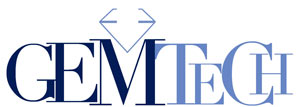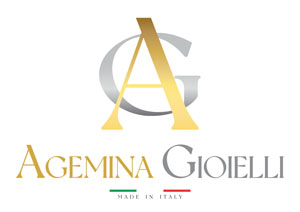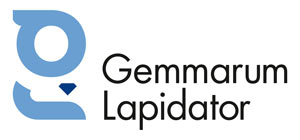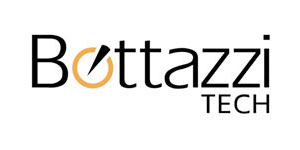Will sanctions on Russian diamonds stop their flow to Western countries supporting Ukraine? Perhaps not completely, but the leak is getting smaller. The following paragraph marks the turning point in the G7 resolution: «We will introduce import restrictions on non-industrial diamonds mined, processed or produced in Russia by 1 January 2024, followed by further phased restrictions on imports of Russian diamonds processed in third countries by 1 March 2024».
This statement is a clear indication that the countries supporting the embargo are aware that Russian diamonds are entering through triangulation systems — primarily from India — that in fact circumvent the sanctions barriers. This is a development that could potentially overturn the entire diamond industry. Here again is the text published by the G7: «to further the effectiveness of these measures, those G7 members that are major importers of rough diamonds will establish a robust traceability-based verification and certification mechanism for rough diamonds within the G7 by 1 September 2024…».
In other words, these passages hint at a crucial, perhaps epochal, shift: global politics and institutions are entrusting Blockchain with the task of legitimizing the global diamond trade. But are blockchains anything new?
No, a blockchain in itself is no longer a novelty. Thanks to cryptocurrencies, for example, the world has discovered in a few years how effective immutable digital ledgers can be. The entire economic system is now using them, and the diamond industry is no exception: consider Tracr, the blockchain promoted by De Beers and even adopted by Alrosa in Russia to provide an immutable record of the provenance of its mined diamonds.
The real breakthrough lies in the fact that blockchains are being identified by institutions and governments, as demonstrated in the G7 statement, as the only useful tool for thwarting triangulation and separating Russian diamonds from non-Russian ones, even when manufactured in third countries: «We will continue consultations among G7 members and with other partners, including producing and consuming countries, on comprehensive controls on traceability measures for diamonds produced and processed in third countries».
The risk is that blockchains will now shape the entire market and determine which diamonds are “good” and which are “bad”. And if that were the case, there would be nothing wrong with it. However, it is important to note that this is not a battle between legitimate diamonds and sanctioned Russian diamonds.
In fact, there are also “good” diamonds, i.e. not subject to sanctions, mined and marketed responsibly and legally, which may not be able to prove their legitimacy because they do not belong to a supply chain “guaranteed” by a blockchain.
From this perspective, the exclusion of Russian diamonds could prove to be the Trojan horse that allows a new system, governed by those with expensive digital ledger technology, to overwhelm the old and established structure that governs the global diamond industry. Martin Rapaport was early to recognise this danger, seeking to collect support for a protocol to prevent sanctions from having harmful collateral effects on the entire diamond system.
According to Rapaport, «if improperly implemented, compliance regulations would force small companies out of business, reduce fair market competition, limit US access to non-sanctioned diamonds, and restrict US trade».
If the United States were to use blockchain systems to regulate the market, as the protocol suggests, it would be appropriate to implement «a unique U.S. blockchain identification number (USBIN) linked to the following import information: blockchain name; mining company name; diamond manufacturer name; import carat weight; import value in U.S. dollars; invoice trail of diamonds from mine to importer, listing the names of all companies that transacted the diamonds».
Whether his petition succeeds or not, Martin Rapaport’s position has the merit of recognizing a historical fact. The introduction of digital records to “legitimize” a precious gem will inevitably create an intangible added value that is likely to outlast sanctions on Russian diamonds. For Rapaport, the answer to this threat could be a blockchain registry: «It is the responsibility of designated US government entities, such as US Customs and/or the Office of Foreign Asset Control, to vet and approve acceptable diamond blockchains and designate entities that may or may not be included in the USBIN supply chain».
Ultimately, the question is recurring in Western economies inspired by liberal principles and concerns the boundary between private initiative and government-imposed corrections to avoid abuse of dominant positions that can lead to monopolies and impediments to competition. The game being played with regard to interactions with Russian diamonds, seen in this light, anticipates an impending scene that can be summarized by a single question: Will the path to ensuring a responsible supply chain be a smooth, virtuous transition accessible to all, or rather a competitive advantage strengthening some competitors at the expense of others?
















